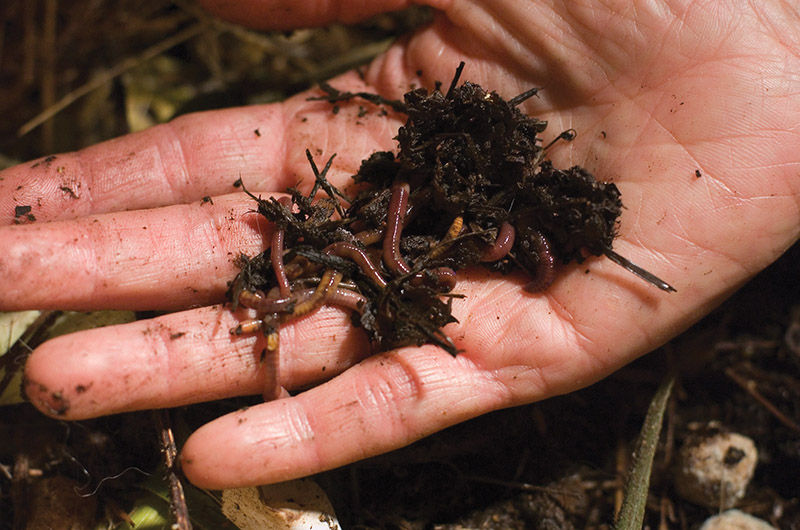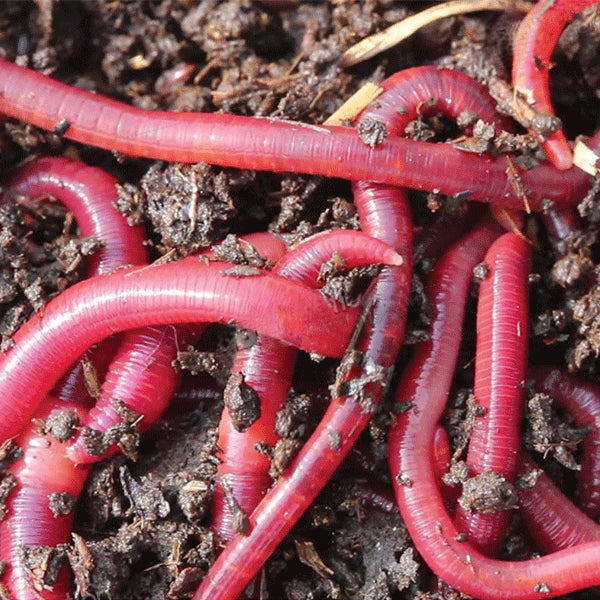Red wigglers: For indoor setups
Red wigglers: For indoor setups
Blog Article
Utilizing Red Wigglers for Reliable Organic Garbage Disposal
These worms not just boost waste disintegration however likewise yield beneficial worm spreadings, which can considerably enhance dirt health and wellness. Comprehending the subtleties of establishing up an effective worm bin and keeping an optimum habitat is important for optimizing their advantages.
Benefits of Utilizing Red Wigglers
Among one of the most compelling advantages of utilizing red wigglers for natural waste disposal is their remarkable efficiency in composting. These worms, clinically understood as Eisenia fetida, are specifically adapted for breaking down natural products, enabling them to process waste approximately twice their body weight each day. This rapid disintegration not just accelerates the composting procedure but also generates nutrient-rich worm castings that substantially boost dirt top quality.
In addition, red wigglers contribute to a reduction in land fill waste. By drawing away organic materials from land fills, they aid reduce methane exhausts-- a potent greenhouse gas. This environmental benefit is vital in the battle against environment adjustment.
Additionally, red wigglers are low-maintenance and can grow in numerous settings, making them available for both amateur and skilled composters. Their ability to recreate swiftly guarantees a constant population, assisting in recurring waste handling.
Establishing Your Worm Container
Producing a reliable worm container is crucial for taking full advantage of the benefits of composting with red wigglers. The very first step is choosing a suitable container. A bin made from plastic or wood, with an ability of 10 to 20 gallons, is optimal. Make certain the bin has appropriate drain holes to avoid excess wetness, as red wigglers prosper in a damp however not soggy environment.
(Charlotte Worm Farms)Following, prepare the bedding material, which acts as the worms' environment and food resource. Shredded paper, cardboard, and coconut coir are excellent options. Go for a bed linen deepness of around 4 to 6 inches. The bin should be put in a dark, temperature-controlled location, preferably in between 55 ° F and 77 ° F, to preserve worm task.
When the bin is established up, introduce the red wigglers, allowing them to acclimate to their brand-new atmosphere. A well-maintained container will not only support the wellness of the worms but also promote reliable disintegration of natural waste.
(red wigglers eisenia fetida)
What to Feed Red Wigglers
An understanding of the ideal diet regimen for red wigglers is essential for maintaining a healthy and balanced worm populace and maximizing composting effectiveness. Red wigglers flourish on a diverse diet that mainly is composed of natural products. Suitable food resources consist of veggie scraps, fruit peels, coffee grounds, eggshells, and shredded paper. These products not just supply crucial nutrients but also add to the dampness equilibrium within the worm bin.
It is essential to avoid particular foods that can damage the worm populace. Red wigglers ought to not be fed meat, milk products, oily foods, or processed things, as these can attract insects and create undesirable smells. red wigglers. Furthermore, citrus fruits and hot foods should be minimized, as their acidity can be destructive to worms
To advertise optimal digestion, food needs to be chopped into smaller sized pieces, promoting quicker find more information failure and consumption. Introducing food in moderation is likewise essential; overfeeding can cause anaerobic conditions and attract unwanted parasites. Checking the worm bin for food usage prices will assist make sure that red wigglers are getting an adequate diet regimen while keeping an efficient composting atmosphere. Proper feeding techniques are crucial for promoting a flourishing ecological community within the worm container.
Preserving Your Worm Habitat
A properly maintained worm environment is crucial for the health and performance of red wigglers. To guarantee optimal conditions, it is critical to keep an eye on temperature, wetness, and oygenation within the worm bin. Red wigglers prosper in a temperature level series of 55 to 77 levels Fahrenheit. Surpassing this range can worry the worms, so it is essential to position the container in an ideal location far from straight sunlight and severe temperatures.
Wetness levels must be maintained consistent; the bed linens should perspire however not soggy. A great general rule is to preserve wetness at approximately 70% to 80%. If the bedding comes to be also damp, it can lead to anaerobic conditions that are harmful to the worms. Including completely dry carbon-rich products, such as shredded paper or cardboard, can aid absorb excess dampness.

Utilizing Worm Castings in Gardening
Rich in nutrients and useful bacteria, worm castings work as a remarkable organic plant food for gardening. Created through the digestion processes of red wigglers, these castings consist of a range of essential nutrients, including nitrogen, phosphorus, and potassium, which promote durable plant growth. Unlike synthetic plant foods, worm castings use a slow-release system, guaranteeing that nutrients are available to plants over an extensive duration, therefore lowering the risk of nutrient leaching and soil exhaustion.
In enhancement to nutrition content, worm castings boost dirt structure and oygenation, improving dampness retention and drain. The microbial life existing in worm castings helps to reduce microorganisms and advertises a healthy and balanced soil community, more benefiting plant health. When incorporated into the soil or used as a top dressing, worm castings can considerably boost seed germination rates, origin development, and overall plant vitality.
For optimum outcomes, garden enthusiasts need to use worm spreadings at a price of 1-2 inches per square foot, blending them into the soil or incorporating them into potting mixes. On the whole, utilizing worm spreadings is an eco-friendly method to enhancing soil fertility and guaranteeing growing garden settings.
Final Thought

Report this page